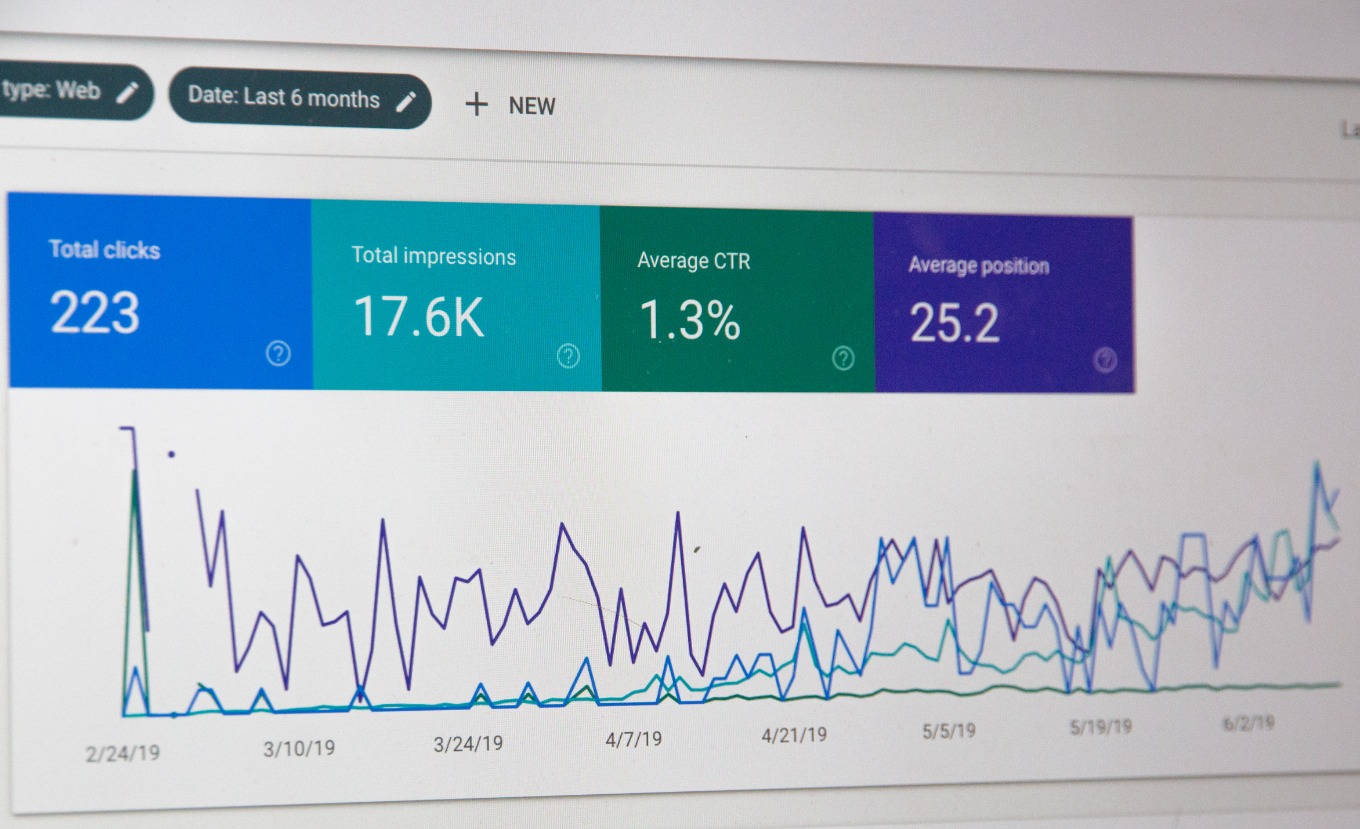The Future of Human Trafficking Law: Predictions and Emerging Trends
As we delve into the intricate labyrinth of the legal frameworks concerning human trafficking, we encounter a myriad of complexities, challenges, and opportunities. Yet, it is in this vast legal expanse that legal practitioners find their battleground, wielding the weapons of law and justice against the formidable adversary that is human trafficking.
Human trafficking, strictly defined by the United Nations Palermo Protocol, is the recruitment, transportation, transfer, harbouring or receipt of persons by means of threat or use of force or other forms of coercion, for the purpose of exploitation. Its nemesis, the trafficking law, is the body governing the methods of preventing, suppressing, and punishing trafficking in persons.
Let us embark on a thought-provoking journey of decoding the emerging trends and futuristic predictions in human trafficking law, while unravelling the tapestry of this evolving field.
Drawing from history, we can observe the evolution of legal responses to human trafficking. From the International Agreement for the Suppression of the White Slave Traffic of 1904 to the more comprehensive Palermo Protocol of 2000, the legal approach has skewed towards criminalization, victim protection, and prevention of trafficking. Yet, as we delve into the future, the focus is likely to be increasingly nuanced and multi-faceted.
Sophisticated technological trends have begun to shape the legal battle against trafficking. Advanced data analysis and machine learning algorithms are employed to predict trafficking patterns, identify victim profiles and dismantle criminal networks. This use of predictive policing, although promising, is not without its drawbacks. While it enhances law enforcement capabilities, it also risks perpetuating biases and infringing on privacy rights. Thus, a delicate equilibrium must be maintained between the power of technology and the sanctity of individual rights.
Simultaneously, the inexorable advance of cryptocurrencies and darknet marketplaces pose new challenges for anti-trafficking laws. Traffickers are increasingly resorting to the anonymity of virtual currencies and the encrypted depths of the darknet to conduct their illicit activities. In response, legal practitioners are compelled to evolve their knowledge repertoire, arm themselves with digital forensics, and collaborate with cybersecurity experts to apprehend these digital-age criminals.
Globalization, with its myriad benefits, paradoxically facilitates the growth of trafficking networks. The increasing interconnectedness of economies and societies enables illicit activities to spread more easily across borders. As a result, the legal response must be intrinsically international, necessitating enhanced cooperation among states, non-state actors, and intergovernmental organizations. A multilateral legal response, encompassing extradition agreements, mutual legal assistance treaties, and harmonized legislation, is expected to gain traction in years to come.
The future also holds promise for a more victim-centric approach in human trafficking law. The shift from viewing trafficked persons as criminals to viewing them as victims has been gradually gaining ground. This paradigm shift is likely to result in reforms in victim identification, protection, and reintegration, also leading to restorative justice gaining precedence over retributive justice.
It is pivotal to note that predictive analyses in this regard are speculative to some extent. The future of human trafficking law will be shaped by a multitude of factors, including technological advancements, socio-economic developments, political dynamics, and legal innovations. The multitude of variables makes it a study fraught with uncertainty, yet rife with possibilities.
In conclusion, the future of human trafficking law is anticipated to be marked by technologically-enhanced law enforcement, international cooperation, and a victim-centered approach. It is a future that beckons legal practitioners to equip themselves with an interdisciplinary skillset, flexible strategies, and an unwavering commitment to the cause of justice.
Let us embark on a thought-provoking journey of decoding the emerging trends and futuristic predictions in human trafficking law, while unravelling the tapestry of this evolving field.






